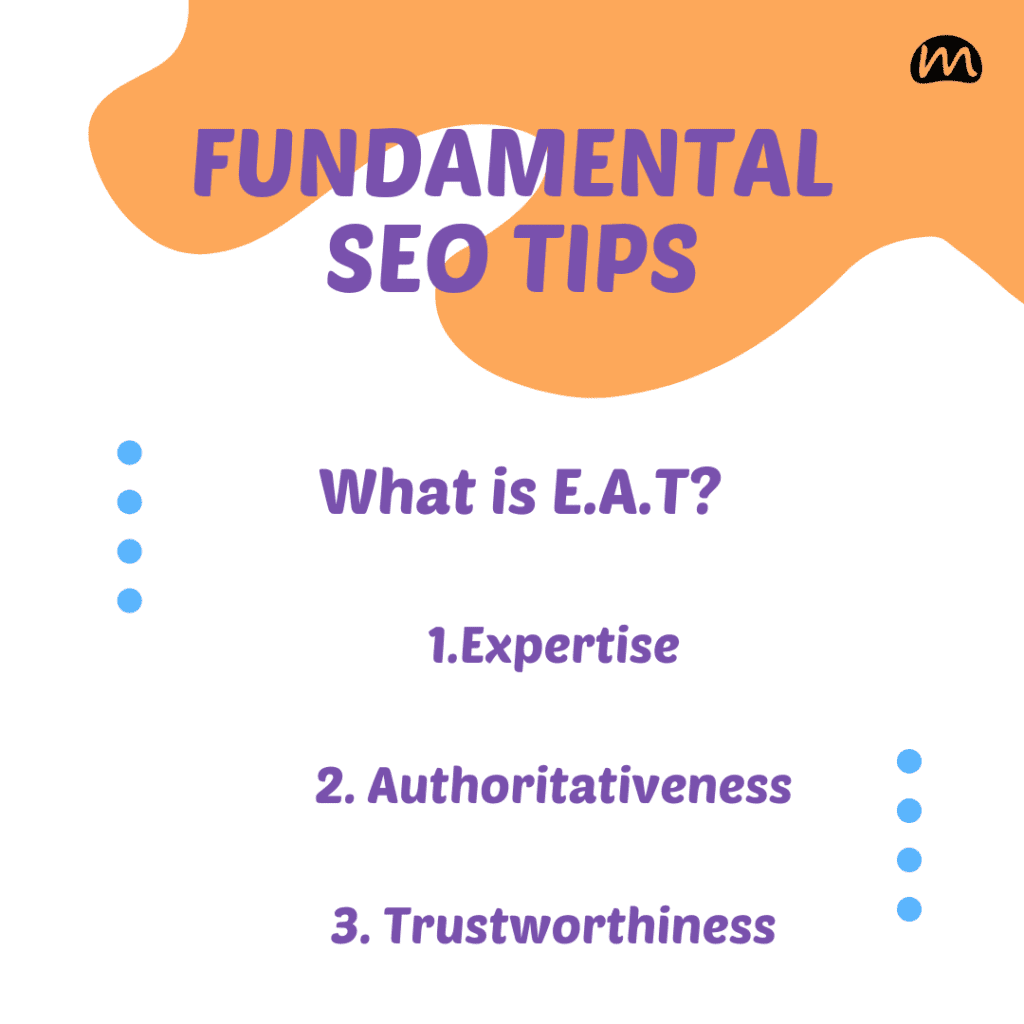What is a broad core algorithm update?
A broad core algorithm update refers to changing Google’s ‘core,’ or overall, search ranking algorithm and systems. The main goal of core algorithms is to rank the content that best answers a search query by interpreting signals from various web pages.
It’s a known fact that Google is quite secretive about its formula for ranking different web pages. In 2020 Google made 4,500 changes to its search engine, which is close to 12 per day. All of these factors make it difficult to figure out which ranking drops are caused by which change.
What is the aim of a broad core algorithm update?
Google’s primary purpose for any core algorithm update is to improve its search results. Google also announced on Twitter that the key goal was to benefit pages that were “previously under-rewarded.” It may seem like the world has come crashing down when Google announces any core update to its search engine, especially for marketers. But, when you look at it with a broader perspective, you realize that it is similar to a refresh button on the search results, to incorporate a new set of rules and guidelines, just like we do when we want to change our look for the season. Change is scary but also constant and inevitable, so let’s see how we can adapt to changes and in this context, the core updates.
Solutions you can use to recover from a broad core algorithm update:
It is possible to impact the rankings of many websites with broad core algorithms across many industries. There is the uncertainty of the impact it can create on different websites, some may go up, and some may go down. SEO is and will continue to be inflexible, a constant battle between losing and winning. Google has always advised us to build good quality content. Over the years, Google has provided us with many hints and guidance about creating high-quality content for websites. The trick is to be consistent in creating great content, and over time, you’ll see the results in your rankings improve significantly.
Here is the guide by Google which came out back in August 2019 about what site owners should know about Google’s core updates.
Some of the major updates are now an integral part of Google’s Core Algorithm like Panda, Penguin, Fred, Pigeon and Hummingbird.
Now that we have gotten an overview of the what and the why of Google’s Broad Core Update. Let us look at the solutions to recover from these updates to get your website ranking at the top again.
7 Steps to Recover From a Google Core Algorithm Update:
1. It’s normal to freak out:


Google algorithm updates can be very daunting when you see a sizable dip in your website’s analytics. Panicking is a fair reaction, but it can cause more damage if you rush into changing your website and content without first analyzing what the update is. One important thing to remember about Google updates is that it usually takes about a week to roll out and tends to change a few things on websites along the way. These small changes in rankings are not permanent, and if you are lucky, your website ranking will be back to its original place once the rollout is complete. You can find out if an update has been rolled out from the updates on twitter .
2. Analyze the content that needs improvement:


Once you know that the update is complete, it’s time to diagnose the content that has been badly affected by the update.
Your Google analytics tool can help you determine your spot rankings that have been adversely affected. Using the data from these tools, compile a spreadsheet of all the problems your content has faced, which has led the website traffic to drop significantly.
3. Compare your list of content problems with E.A.T:


What is E.A.T? It simply refers to (expertise, authoritativeness, and trustworthiness). Find out if your content is relevant according to these 3 factors, does it have an expert opinion, is it authoritative, and is it trustworthy. These are some of the reasons why your website may have been affected. Posting new and relevant content frequently can help you tackle this problem. Another way to solve this issue is to get your website to host in-depth content about your products and services.
Ask yourself:
Are you missing out on a topic that is not covered?
Are you going into detail with your content?
4. Check your website’s content against Google’s relevance questions:


Google has a list of questions to check against, to know if you are following the E.A.T formula. This is the next step to help you solve the issue of being affected by the Google algorithm update.
Here is a list of questions focusing on content quality and relevance:
- Does the content provide original information, reporting, research or analysis?
- Does the content provide a substantial, complete or comprehensive description of the topic?
- Does the content provide insightful analysis or interesting information that is beyond obvious?
- If the content draws on other sources, does it avoid simply copying or rewriting those sources and instead provide substantial additional value and originality?
- Does the headline and/or page title provide a descriptive, helpful summary of the content?
- Does the headline and/or page title avoid being exaggerating or shocking in nature?
- Is this the sort of page you’d want to bookmark, share with a friend, or recommend?
- Would you expect to see this content in or referenced by a printed magazine, encyclopedia or book?
5. Is it authoritative enough?


Here are a few tips to ensure that your content is authoritative:
- Make sure your content is hosted on a secure website (https).
- Make sure the content is in-depth, factually accurate, grammatically correct and simple enough to understand.
- Always use the source as reference to back your content.
- Provide an ‘About’ page and clear contact information (phone numbers, addresses, contact forms)
- Showcase any relevant awards and credentials associated with your work.
- Using backlinks to authoritative websites and content that are an expert in their field of work.
- You can increase your ranking and be more authoritative by brand mentions
- Growing a social media presence
- Growing a social media presence
- Engaging with your target audience
Conclusion:
Well, we have pretty much-covered everything that will help you rise again from this problem. I hope you’ve found this blog to recover from a Google core update helpful!
If you have any questions or doubts, please feel free to write them in the comments. We will do our best to answer any questions you have for us, and please do share this content if you think it can help someone.
References:
www.stylefactoryproductions.com/google-core-update-recovery
searchengineland.com/google-broad-core-algorithm-update-guide-382149



We hope you’re enjoying reading our blogs… Don’t forget to secure your browsing experience with Nord VPN. Click the banner below to learn more
More To Explore
Redefining Digital Marketing in 2024: 10 Game-Changing Trends
In the ever-evolving world of digital marketing, staying ahead of the curve is essential. As we approach 2024, it’s crucial to be aware of the
SEO Mania-7 Proven Strategies for Explosive SEO Growth in 2024
Understanding the Importance of SEO in 2024 In the ever-evolving world of SEO, staying ahead of the curve is crucial to your online success. As